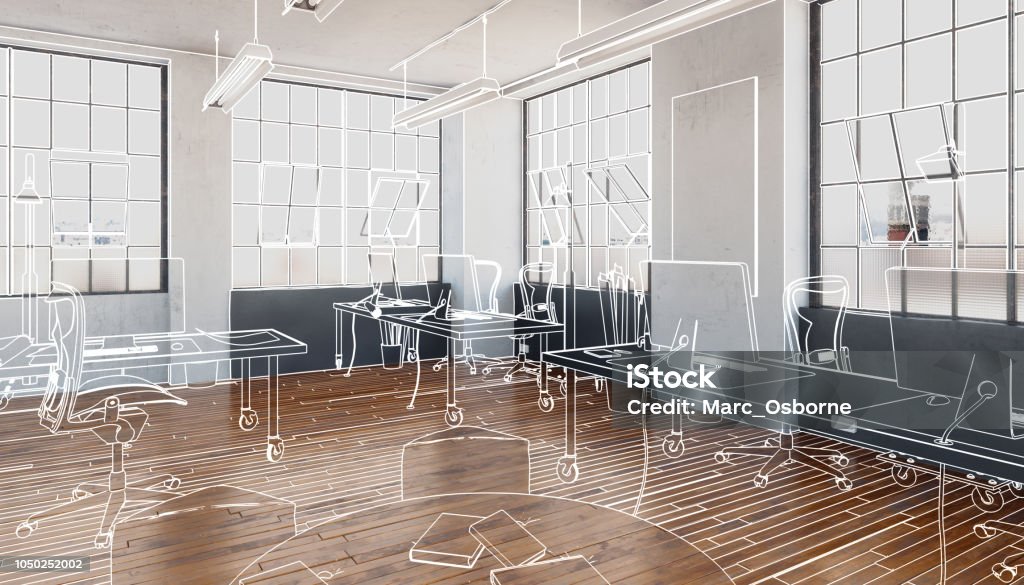
Hybrid models demand spaces that adapt to shifting needs, blending home comforts with professional functionality. And with statistics from the ONS showing that 28% of working adults were working in a hybrid fashion in 2024, it’s important to a support both in-office and remote working.
When employees feel physically and mentally comfortable in their environment, engagement rises, collaboration strengthens and retention improves. The challenge lies in designing offices that remain dynamic and that cater to varied tasks and individual preferences.

Embrace flexible and adaptable office designs
Rigid office layouts no longer serve their purpose. The modern workplace must be fluid, accommodating spontaneous collaboration, focused individual work and hybrid meetings.
Open-plan spaces should balance privacy and interaction through modular furniture, acoustic partitions and adaptable workstations. Height-adjustable desks and mobile seating also empower employees to configure their space based on their tasks.
Meanwhile, breakout areas with soft seating encourage informal discussions, while quiet zones provide necessary respite from distractions. It’s important that meeting rooms should also cater to hybrid teams, with screens, high-quality microphones and adjustable lighting to ensure remote participants aren’t sidelined.
Prioritise employee wellbeing and comfort
Poor lighting and inadequate ventilation can contribute to fatigue and discomfort. Natural light improves mood and concentration, so try and position desks near windows where possible. When artificial lighting is necessary, use a mix of ambient, task, and accent lighting to reduce eye strain.
It’s essential to maintain a comfortable temperature through efficient central heating systems, especially during colder months. It’s a good idea to install user-controlled settings to maximise comfort.
Remember that wellbeing extends beyond physical comfort and spaces that incorporate greenery, such as indoor plants, artwork and natural textures create a calming atmosphere that helps reduce stress. Quiet rooms for relaxation or meditation allow employees to recharge, ensuring they return to work refreshed.
Integrate technology for seamless collaboration
Lagging video calls and poor audio quality make collaboration frustrating and inefficient. High-speed Wi-Fi is imperative, ensuring seamless connectivity across all devices. Video conferencing tools should include noise-cancelling microphones, wide-angle cameras and high-resolution displays so remote participants feel fully present.
Implement sustainable and energy-efficient practices
Energy-efficient LEDs consume less power and lasts significantly longer than traditional bulbs, so choose your lighting options wisely.
You can also use reclaimed wood, recycled plastics and non-toxic paints to lower the office’s carbon footprint while creating a healthier indoor environment.
Design for inclusivity and accessibility
Include adjustable and step-free access to accommodate employees who use wheelchairs. Neurodiverse employees might benefit from quiet work areas, dimmable lighting and noise-cancelling features that minimise sensory overload.
Finally, equip meeting rooms with real-time captioning and hearing loop systems to ensure all employees can fully participate in discussions.
